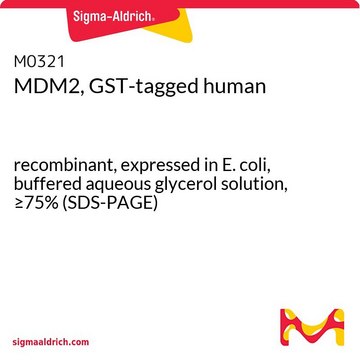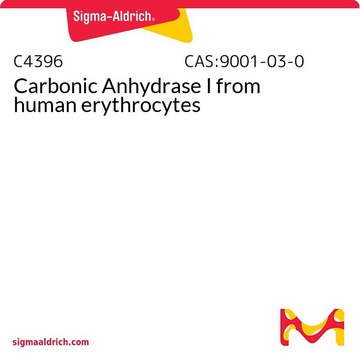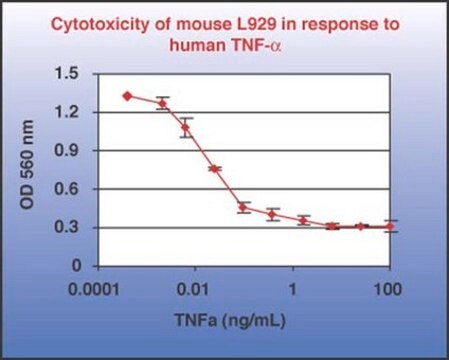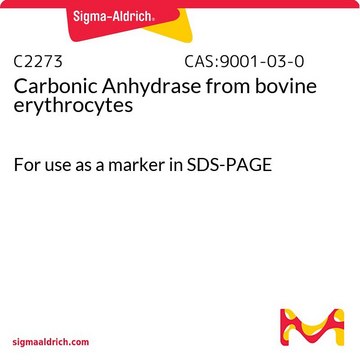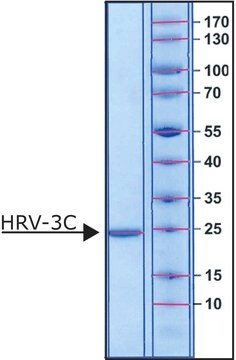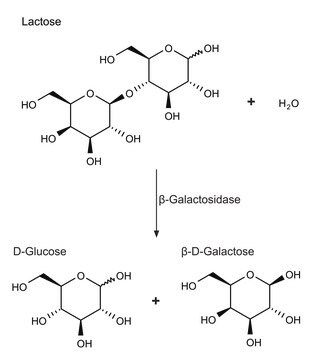U9382
Ubiquitin-Carrier Protein H10 human
≥95% (SDS-PAGE), recombinant, expressed in E. coli (histidine-tagged), buffered aqueous glycerol solution
Synonym(s):
UbcH10
Sign Into View Organizational & Contract Pricing
All Photos(1)
About This Item
Recommended Products
biological source
human
Quality Level
recombinant
expressed in E. coli (histidine-tagged)
Assay
≥95% (SDS-PAGE)
form
buffered aqueous glycerol solution
mol wt
~20 kDa
technique(s)
ligand binding assay: suitable
UniProt accession no.
shipped in
dry ice
storage temp.
−70°C
Gene Information
human ... UBE2C(11065)
General description
Manufactured for Sigma by Boston Biochem., Inc.
Application
Ubiquitin-Carrier Protein H10 (UbcH10) human may be used to study the role of ubiquitin-proteasome system in pathogenesis of human diseases.
Biochem/physiol Actions
In conjunction with the anaphase-promoting complex, the protein catalyzes the destruction of both cyclin A and cyclin B.
Ubiquitin-Carrier Protein H10 human also referred to as UbcH10 is a recombinant protein that catalyzes the destruction of cyclin A as well as cyclin B along with the anaphase promoting complex and hence plays a pivotal role in controlling the cell exit from mitosis.
Physical form
Solution in 50 mM HEPES, pH 8.0, 125 mM NaCl, and 1 mM DTT in 10% glycerol.
WGK
WGK 1
Choose from one of the most recent versions:
Already Own This Product?
Find documentation for the products that you have recently purchased in the Document Library.
F M Townsley et al.
Proceedings of the National Academy of Sciences of the United States of America, 94(6), 2362-2367 (1997-03-18)
Destruction of mitotic cyclins by ubiquitin-dependent proteolysis is required for cells to complete mitosis and enter interphase of the next cell cycle. In clam eggs, this process is catalyzed by a cyclin-selective ubiquitin carrier protein, E2-C, and the cyclosome/anaphase promoting
Our team of scientists has experience in all areas of research including Life Science, Material Science, Chemical Synthesis, Chromatography, Analytical and many others.
Contact Technical Service
